The idea of two Florentine entrepreneurs that could help many patients: an experiment combining boxing and state-of-the-art visual tests
The new frontier in the treatment of Parkinson's disease could be Sensory station, a brand new computerised battery of tests and workouts to improve visual-motor and cognitive skills.
Yesterday, the Training Lab in Florence hosted the presentation of an innovative technology, used so far only in the United States in professional sports, to test the abilities of football, basketball and baseball athletes.
In the context of experimentation for Parkinson's therapy, Senaptec, this is the name of the computer, is part of a two-pronged approach that involves, on the one hand, the discipline of boxing, a dynamic physical activity that is very well suited to sufferers of this disease, and on the other hand, the performance of visual, motor and cognitive tests using the new US-made technology exported to Florence.
The non-profit association 'A Hook for Parkinson's', which aims to improve the quality of life of patients struggling with this often little-known disease, conceived and promoted the research.
In fact, the use of Senaptec technology applied to boxing stems from the intuition of founders Maurizio Bertoni and Paolo Pescini, who, during a trip to the United States, were able to experience first-hand the effectiveness of this treatment method.
The support of the Florence Rotary Club, which donated the necessary equipment, was also crucial.
'This trial,' explains Training Lab director Maurizio Bertoni, 'is a special event because it is the only similar machine in Italy used in Parkinson's research.
Specifically, the twenty-one patients involved carry out three of the ten tests in the Sensory station database after boxing training to measure their progress.
'At the end of the first phase,' comments association president Paolo Pescini, 'we found a somewhat surprising scenario: the test results recorded were better than the initial ones, particularly in hand-eye coordination and reaction times.
On the other hand, Jacopo Carocci, a boxing trainer with a degree in motor and sports sciences, explains how the machine works: 'It is an extremely specific tool, which shows the data obtained by means of graphs based on the average results of a specific group of people, from the least trained to professional athletes.
Regarding how, on the other hand, the Parkinson's patients taking part in the trial react to the use of the new technologies, the coach says: "The attitude and reaction of the participants depends very much on the nature and state of mind of the individual, on how each of them copes with the challenges. There are those who feel motivated by the novelty and those who, on the other hand, are discouraged in the face of possible failure".
Alessia Raffaelli










